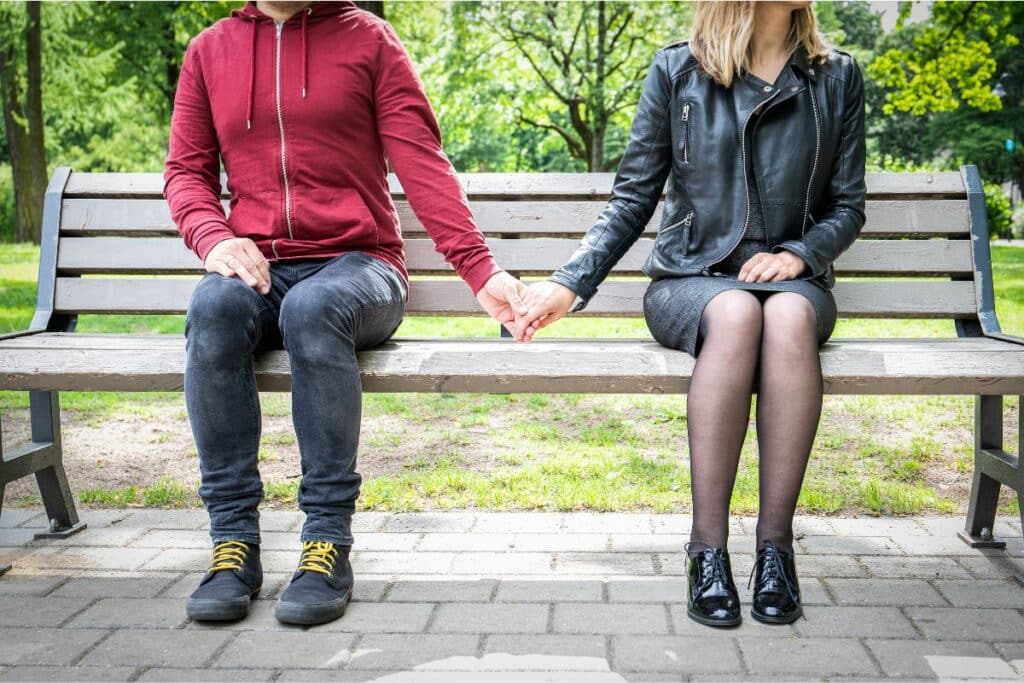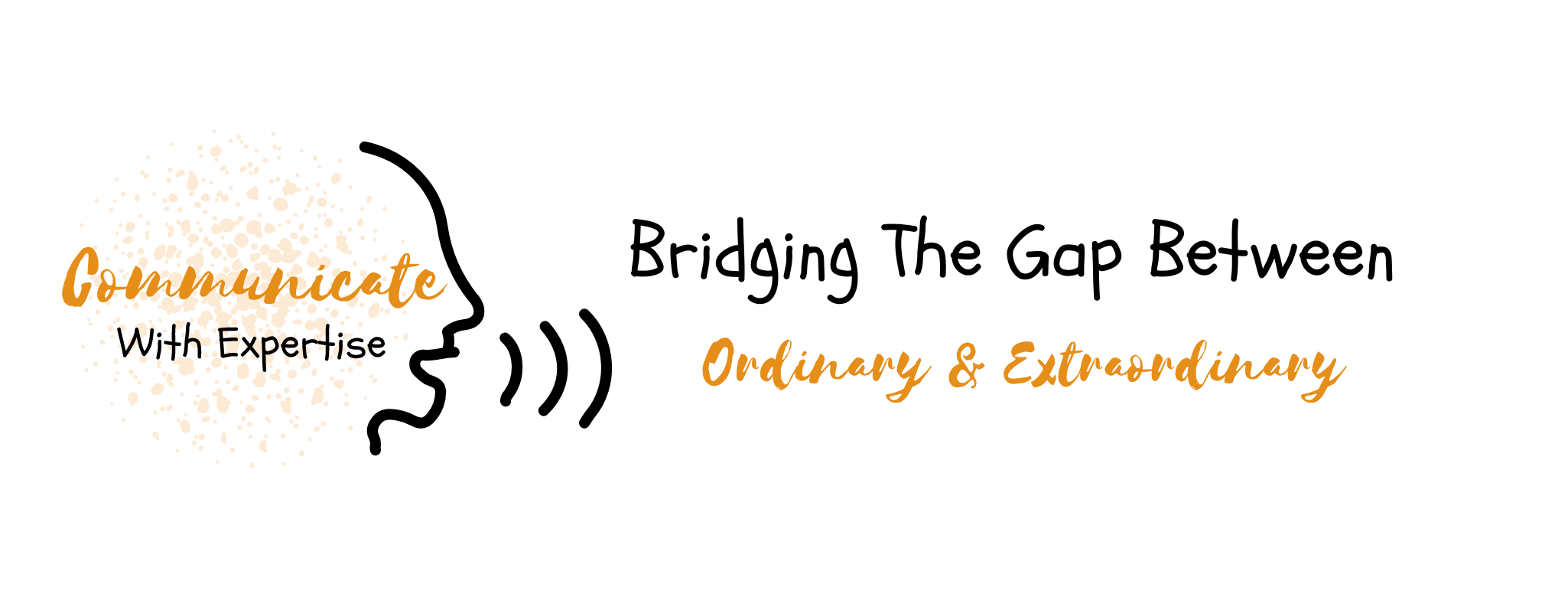The concept of body language is broad, complex and unfortunately, often ignored.
Body language is a type of nonverbal communication that involves physical gestures, expressions, and posture. It can be used to convey emotions, indicate status, or reveal information about an individual’s inner thoughts and feelings. Reading body language can be tricky, as different cultures have different ways of communicating non-verbally.
For instance, in some cultures it is considered rude to maintain eye contact for too long, while in others it is considered a sign of respect. Thus, it is important to be aware of these cultural differences when interpreting body language.
Did you know that body language can account for at least 65% of human communication?
What is body language?
Body language is a form of nonverbal communication in which physical expressions, such as posture, gestures, mannerisms, movements and facial expressions, are used to convey messages. Although body language is often thought of as a universal language, the interpretation of body language can vary greatly between cultures.
Body language helps us interpret the intentions, emotions and thoughts of others. It projects authenticity and sincerity, and helps appeal to the emotional connection.
Because body language is so open to interpretation, it’s important to be aware of the cultural context in which it is being used.
Every individual is different, and so is their body language. That being said, there are some general tips that can be useful when trying to read someone’s body language.
A research based exploratory study showed that teachers’ facial expressions of happiness and enthusiasm created a motivating and conducive learning environment.
azia et al., 2021
To the contrary, anger created a stressful, demotivating environment for students.

Factors to consider reading body language
When reading body language, consider the following:
- The context in which the body language is being used: Is the person in a relaxed setting or a more formal one?
- The culture of the person: As mentioned before, body language can vary greatly between cultures. It’s important to be aware of cultural differences in order to avoid misunderstandings.
- The relationship between the two people: The body language of strangers is often different from that of friends or family members.
- Universal human qualities such as age, gender, biases, past experiences, education, expectations and physical attractiveness can also affect the way we interpret body language.
- The whole person: In order to get an accurate reading of someone’s body language, it is important to observe their entire body. This includes their posture, gestures, and facial expressions.
- Clusters of cues: A single body language cue can be difficult to interpret on its own. However, when multiple cues are observed together, they can provide a more accurate picture of how someone is feeling.
- Awareness of your own body language: It is also important to be aware of your own body language. This will help you to better understand the cues that you are sending out, as well as the cues that you are receiving from others.
- The person’s hands: People often use their hands to emphasize what they’re saying, so they can give you important clues about how they’re feeling.
- The person’s feet: Feet often point in the direction that a person wants to go, so they can be a good indicator of what the person is thinking or feeling.
- Read between the lines: In many cases, body language can reveal what someone is really thinking or feeling, even if they’re trying to hide it. Paying attention to nonverbal cues can help you get a better understanding of the other person
If you want to get better at interpreting body language, one of the best things you can do is to practice reading the body language of the people around you.
Pay attention to the way they stand, sit, gesture and move. What does their body language say about them?
General tips for reading body language
Eye contact when reading body language
If you are communicating with someone from another culture, pay attention to their eye contact.
In the United States, eye contact is generally considered a sign of respect and interest. However, in some cultures, such as those in Asia, eye contact can be considered rude, aggressive or disrespectful.
uono, 2015
Facial expressions when reading body language
A smile can convey happiness, but in some cultures/countries such as Russia, it may be interpreted as a sign of weakness or inferiority. Pay attention to the facial expressions of those you are communicating with to avoid any misunderstandings.
Posture when reading body language
The way you stand or sit can convey a lot of information about how you are feeling. For example, slouching often indicates that someone is feeling tired or bored, while standing up straight can indicate that they are alert, confident and interested.
Gestures when reading body language
Gestures can be a great way to add emphasis to what you are saying. However, like facial expressions, they can also be open to interpretation. For example, a thumbs up in the United States typically indicates approval, but in some cultures it can be considered offensive.
Bodily contact when reading body language
Body contact can be a great way to show interest or affection. However, in some cultures, such as those in the Middle East, bodily contact between members of the opposite sex is considered inappropriate. In others, such as those in Latin America, it is perfectly acceptable.
Gaze when reading body language
The direction of someone’s gaze can tell you a lot about what they are thinking or feeling. For example, if someone is looking away from you, they may be bored or uninterested. If they are looking directly at you, they may be interested or engaged in the conversation.
Physical appearance when reading body language
It is important to remember that physical appearance can affect the way we interpret body language. For example, someone who is attractive may be interpreted as more confident, while someone who is overweight may be interpreted as less so.

Specific tips to read body language
(1) Raised eyebrows: Indicates interest, surprise, or confusion
(2) Nodding: Indicates agreement or understanding
(3) Smiling: Can indicate happiness, but can also be a sign of nervousness
(4) Leaning forward: indicates interest
(5) Crossed arms: indicates defensiveness or disagreement
(6) Looking down : May be interpreted as shyness, but could also indicate sadness or anxiety
(7) Fidgeting: May be interpreted as nervousness, but could also be a sign of boredom
(8) Avoiding eye contact: May be interpreted as lack of interest, but could also be a sign of respect
Why is being able to interpret body language even important?
While body language is often involuntary, it can also be deliberately used to manipulate or deceive others. Given the importance of communication in daily life, understanding body language is essential for maintaining healthy personal and professional relationships.
By being aware of our own body language cues, we can make sure that we are conveying the message that we intend to send.
Read also: 13 Powerful Tips To Control Emotions During Difficult Conversation
References
Aziz A, Khan AM, Niazi Z, Mirza TI, Fazal S. Actions Speak Louder Than Words: Impact Of Kinesics On Undergraduate Medical Education. J Ayub Med Coll Abbottabad. 2021 Oct-Dec;33(4):628-633. PMID: 35124921.
Martha Davis, 20 – TO THE INTERNATIONAL STUDENT, Scientific Papers and Presentations (Second Edition), Academic Press, 2005, Pages 225-241, ISBN 9780120884247.
Tipper CM, Signorini G, Grafton ST. Body language in the brain: constructing meaning from expressive movement. Front Hum Neurosci. 2015 Aug 21;9:450.
Uono S, Hietanen JK. Eye contact perception in the West and East: a cross-cultural study. PLoS One. 2015 Feb 25;10(2):e0118094.





Rushana Greenidge-Horace
Rushana is a dynamic, knowledgeable professional with almost a decade of experience in the healthcare industry. She remains committed to promoting holistic health and wellness.